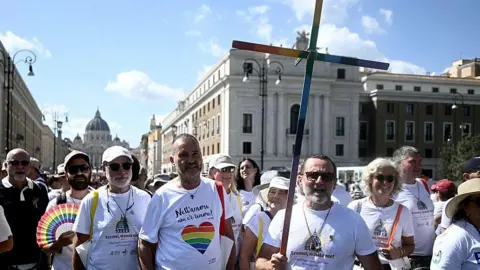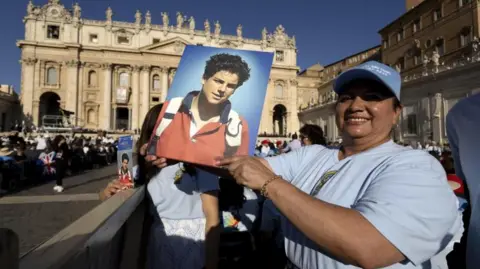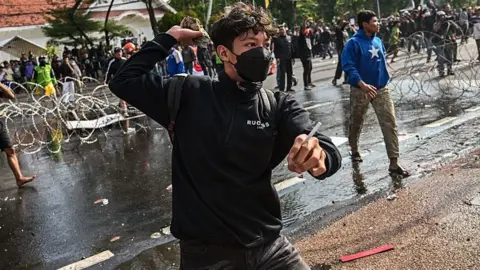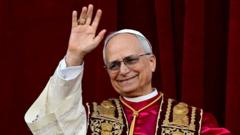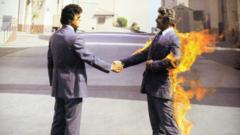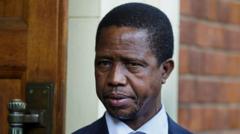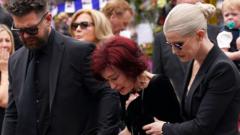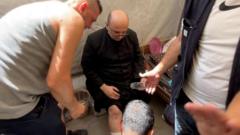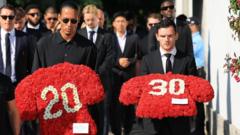Pope Francis's body was laid in state for three days, allowing the faithful to bid farewell in Vatican City before his funeral. His final journey from the guesthouse to St. Peter’s Basilica was marked by a deliberate simplicity, contrasting starkly with the lavish ceremonies of previous papacies. Unlike the opulent procession of Pope John Paul II in 2005, which began in the ornate Sala Clementina and echoed centuries of papal authority, Pope Francis's funeral began with a humble moment of silent prayer by the cardinals.
Draped in a bare coffin, his body was transported on foot under a clear blue sky, demonstrating his preference for walking among the people rather than residing in the grandeur of the Apostolic Palace. Inside the basilica, his coffin rested at a low elevation, encouraging a personal connection as mourners filed past.
Despite this simplicity, the ceremony retained its grand character with an increased number of cardinals participating in the funeral mass. As the Church's roster has expanded, with the current total at 252 cardinals, the procession accompanying Francis's coffin will undoubtedly be substantial, echoing both solemnity and tradition.
Auf in the digital sphere, millions of Catholics from around the globe gathered virtually to witness the rites, balancing an era of tradition with modern technology. While reflecting Pope Francis's vision of humility, the ceremony ultimately upheld the robust rituals of the Catholic Church, allowing both reverence and a personal farewell for those wishing to pay their respects.



